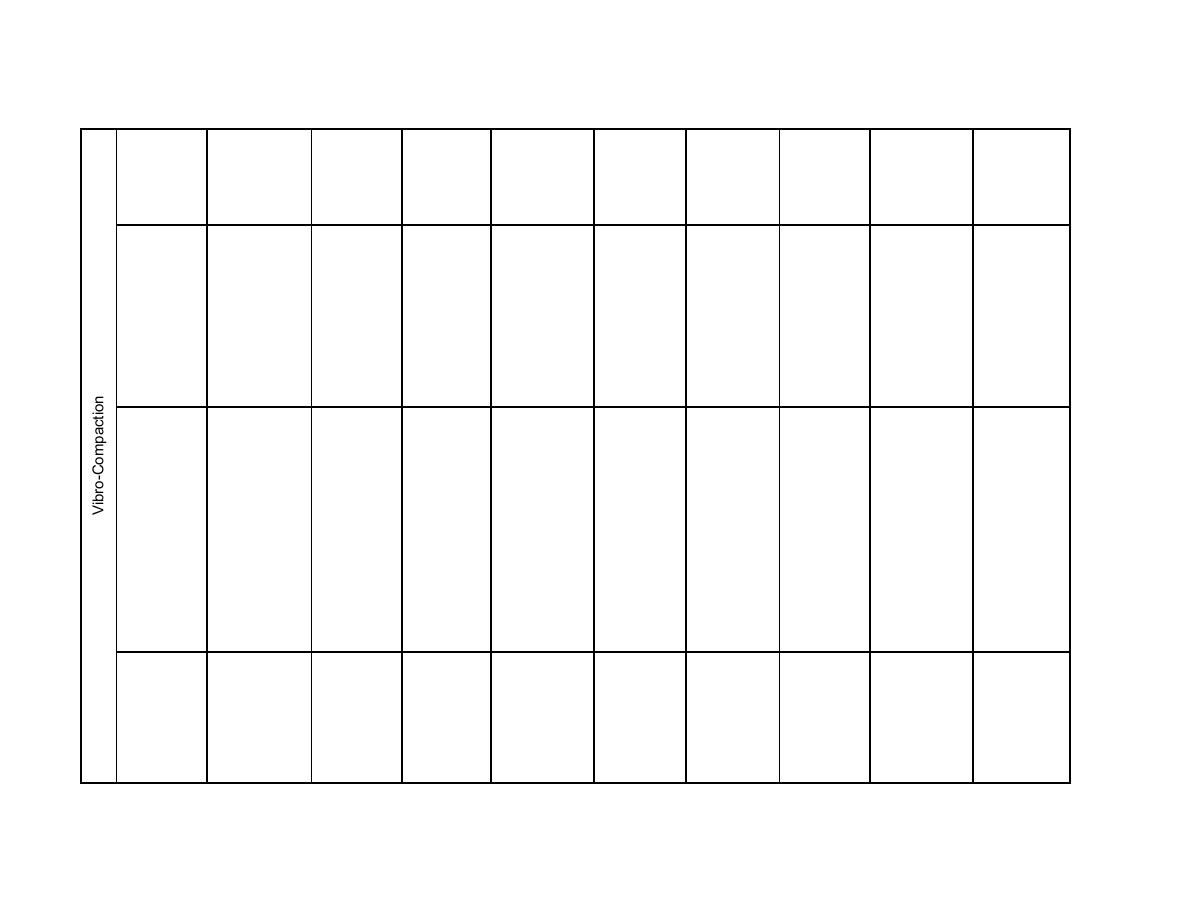
Table 8-7.1 Stabilization of Soils for the Foundations of Structures
Method
Principle
Most
Maximum
Economical
Special
Special
Properties
Special
Relative
Suitable
Effective
Size of
Materials
Equipment
of Treated
Advantages
Costs
Soil
Treatment
Treated
Required
Required
Material
and
(1976)
Condition/
Depth
Area
Limitations
Type
meters (ft)
Blasting
Shock waves
Saturated,
18 M
Small areas
Jetting or
Low
||content||
.50Can obtain
Rapid,
and
clean
(60 ft)
can be
backfill to
to
||content||
.00 per
relative
inexpensive;
vibrations
sands,
treated
plug drill
machinery
cubic meter
densities
can treat
causes
partially
economically
holes
(cubic yard)
to 70-80%;
small areas,
liquefaction,
saturated
may get
variable
displacement
sands and
variable
properties;
silts after
density
no
flooding`
improvement
near surface
dangerous
1000M2
Terraprobe
Densification
None
Vibratory
Moderate;
Saturated
Can obtain
Rapid,
18 M
by vibrations,
pile driver
or clean
relative
(60 ft)
simple; good
>1200yd2
||content||
.50-
liquefaction
and 75mm
dry sand
densities
(ineffective
underwater
..25/cubic
induced
diameter
of 80% or
3.6 M (12
and w/ soft
meter
open steel
settlement
more
ft) depth
underlayers;
(cubic yd)
under
pipe
difficult to
and
above)
penetrate
.00 cubic
stiff upper
meter
layers; not
(cubic yd)
good in
average
poorly
saturated
soils.
Vibratory
Densification
Cohesion-
1.8-3 M
Any size
None
Vibratory
Can obtain
Best method
Low
Rollers
by vibration,
less soils
(6-10 ft)
roller
very high
for thin
liquefaction
relative
layers and
induced
densities
lifts
settlement
under roller
weight



 Previous Page
Previous Page
